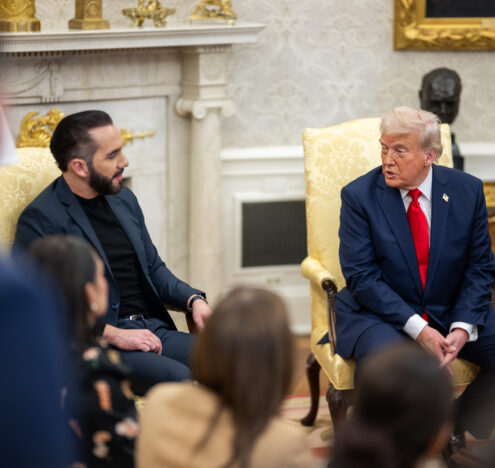If party discipline doesn’t constrain political speech, what determines whether a politician will talk about gender and women? Does it depend on their sex, or on partisanship?
That was the question before Elizabeth McCallion in her Politics and Gender paper, “Partisanship, Independence, and the Constitutive Representation of Women in the Canadian Senate.”
The Canadian Senate was McCallion’s case study because of low (or absent) party discipline. However, McCallion feels that, though this is about Canada, it’s also applicable or worthy of consideration with respect to other similar legislatures.
McCallion “focused on the time periods immediately before and after the Senate reforms: the 41st Parliament (2011–2015) and the 42nd Parliament (2015–2019).” Quantitative content analysis showed some committees clearly speak more about women and gender than others.
Analysis also found that a primary indication of whether a legislator will talk about gender is the legislator’s sex: women senators talked about “gender and sex” 2.5 times more than their male colleagues, and “women” three times more. Men were also twice as likely to talk about “gender and sex” than they were about “women,” whereas for women legislators it was closer to 1.5 times.
This is to say that men were talking about gender, not women; women, on the other hand, were talking about both. And women senators who sit on committees with at least 30% women are more likely (than men and than other women) to talk about women and gender.
Partisan Differences?
Partisanship, on the other hand, had no impact on senators’ inclination to discuss women. This is to say that progressive and conservative senators don’t differ significantly in how much they talk about women. Conservatives talk about women roughly as much as progressives do. However, McCallion does note, “Although senators’ sex is the primary indicator of their frequency of speech about women, senators’ partisanship and ideologies drive differences in their framing of women.”
This is to say that men were talking about gender, not women; women, on the other hand, were talking about both.
While the senators “overwhelmingly” talked about women as vulnerable people, conservatives were likelier to talk about women’s vulnerability vis a vis protection from the state (like advocating for criminals to be prosecuted for the good of women’s safety). Progressives, on the other hand, were more likely to make the case that women were vulnerable to the state, like “certain demographics” of women being criminalized. Also, the people who were most likely to frame women as mothers were right wing women.
But talk, as they say, is cheap, and McCallion suggests that future research could look at words to legislative behavior. In their institutional contexts, are legislators able and empowered to transform their words into something more?




















